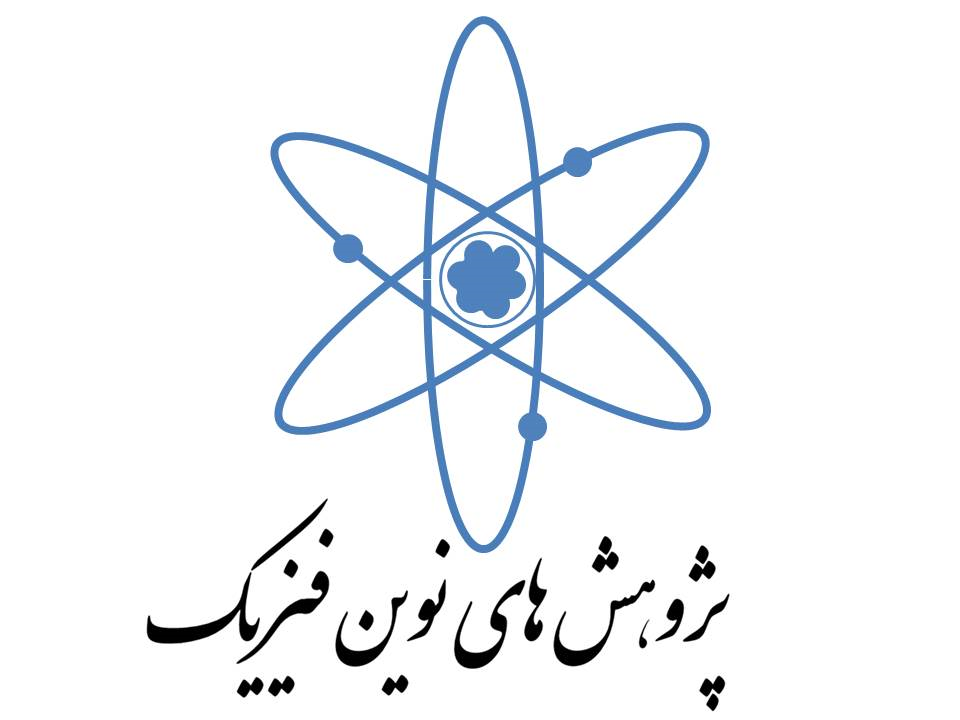
Journal of Modern Research Physics

Volume 9, Issue 2 (Autumn and Winter 2024 2025)
JMRPh 2025, 9(2): 26-33 |
Back to browse issues page
Download citation:
BibTeX | RIS | EndNote | Medlars | ProCite | Reference Manager | RefWorks
Send citation to:



BibTeX | RIS | EndNote | Medlars | ProCite | Reference Manager | RefWorks
Send citation to:
vaezzadeh M. Investigation of quantum capacitance of Mn-doped AlN nanoribbon for charge storage application based on density functional theory. JMRPh 2025; 9 (2) :26-33
URL: http://jmrph.khu.ac.ir/article-1-251-en.html
URL: http://jmrph.khu.ac.ir/article-1-251-en.html
K.N.Toosi University
Abstract: (468 Views)
In this study, quantum simulation calculations based on density functional theory (DFT) were used to investigate the electronic behavior and quantum capacitance of an AlN nanoribbon with a manganese magnetic impurity. The electronic results indicate that doping this nanoribbon with a manganese atom creates spin polarization around the Fermi level, and the density of states in the two spin channels differs around the Fermi level. Furthermore, the quantum capacitance of this compound and the surface electric charge density, arising from the accumulation of electric charge in the states around the Fermi level, were examined. All possible configurations for the position of the doped manganese atom were investigated. The results showed that the impurity atom's location significantly impacts the quantum capacitance and surface charge density of the compound compared to its pure state. The findings of this study can serve as a new foundation for utilizing nanoribbons doped with magnetic metals for charge and energy storage applications
Type of Study: Research |
Subject:
Special
Received: 2025/01/13 | Accepted: 2025/06/9 | Published: 2025/03/15 | ePublished: 2025/03/15
Received: 2025/01/13 | Accepted: 2025/06/9 | Published: 2025/03/15 | ePublished: 2025/03/15
References
1. [1] S. Kapse, B. Benny, P. Mandal, and R. Thapa, "Design principle of MoS2/C heterostructure to enhance the quantum capacitance for supercapacitor application", Journal of Energy Storage, vol. 44, 103476, 2021. [DOI:10.1016/j.est.2021.103476]
2. [2] K. Himalay, P. N. Gajjar, and Gupta. Sanjeev, "Unraveling quantum capacitance in supercapacitors: Energy storage applications." Journal of Energy Storage, vol. 81, 110354, 2024. [DOI:10.1016/j.est.2023.110354]
3. [3] Q. Zhou, W. Li, J. Weiwei, S. Dongtao, Z. Juncheng, Y. Yongliang, and W. Shilin Wu. "Quantum capacitance of graphene-like/graphene heterostructures for supercapacitor electrodes". Electrochimica Acta vol. 46, 142655, 2023. [DOI:10.1016/j.electacta.2023.142655]
4. [4] T. Sanglaow, K. Prasert, C. Chanthad, M. Liangruksa, and T. Sutthibutpong, "A DFT study on the fundamental mechanisms of quantum capacitance enhancement within the carbon-based electrodes through different classes of doped configurations from biomass-derived elements". Results in Materials, vol. 21, 100529 2024. [DOI:10.1016/j.rinma.2024.100529]
5. [5] Q. Zhou, J. W, Y. Yong, Q. Zhang, Y. Liu, and J. Li, "Effect of the N/P/S and transition-metal co-doping on the quantum capacitance of supercapacitor electrodes based on mono-and multilayer graphene". Carbon, vol. 170, 368, 2020. [DOI:10.1016/j.carbon.2020.08.045]
6. [6] G.M. Yang, H.Z. Zhang, X.F. Fan, and W.T. Zheng, "Density functional theory calculations for the quantum capacitance performance of graphene-based electrode material". The Journal of Physical Chemistry C, vol. 119, 6464, 2015. [DOI:10.1021/jp512176r]
7. [7] Z. Bo, W. Wen, Y. Chen, X. Guo, H. Yang, J. Yan, K. Cen, and Z. Liu, "Effect of nitrogen and transition-metal co-doping on quantum capacitance enhancement of graphene as supercapacitor electrodes: A density functional theory study". Colloids and Surfaces A: Physicochemical and Engineering Aspects, vol. 680, 132686, 2024. [DOI:10.1016/j.colsurfa.2023.132686]
8. [8] X.H. Li, S.S. Li, X.H. Cui, R.Z. Zhang, and H.L. Cui, "First-principle study of electronic properties and quantum capacitance of lithium adsorption on pristine and vacancy-defected O-functionalized Ti2C MXene". Applied Surface Science, vol. 563, 150264, 2021. [DOI:10.1016/j.apsusc.2021.150264]
9. [9] G.S. Kliros, "Strain effects on the quantum capacitance of graphene nanoribbon devices". Applied Surface Science, vol. 502, 144292, 2020. [DOI:10.1016/j.apsusc.2019.144292]
10. [10] C. Di Giorgio, and et al, "Imaging the Quantum Capacitance of Strained MoS2 Monolayers by Electrostatic Force Microscopy". ACS nano, vol. 18, 3405, 2024. [DOI:10.1021/acsnano.3c10393]
11. [11] M.K. Bera, "Analytical Modeling of Current and Quantum Capacitance of Single-Electron Transistor with Island Made of Armchair WSe2 Nanoribbon". Journal of Electronic Materials, vol. 49, 7400, 2020. [DOI:10.1007/s11664-020-08511-1]
12. [12] M. Beshkova, and R. Yakimova, "Properties and potential applications of two-dimensional AlN". Vacuum, vol.176, 109231, 2020. [DOI:10.1016/j.vacuum.2020.109231]
13. [13] P. Giannozzi, O. et.al, J.Phys.: Condens.Matter 29 (2017) 465901. [DOI:10.1088/1361-648X/aa8f79]
14. [14] J.P. Perdew, K. Burke, M.s Ernzerhof, Generalized Gradient Approximation Made Simple, Phys. Rev. Lett. 77 (1996) 3865. [DOI:10.1103/PhysRevLett.77.3865]
15. [15] A. Tiwari, G. Bansal, S.J. Mukhopadhyay, A. Bhattacharjee, and S. Kanungo, "Quantum capacitance engineering in boron and carbon modified monolayer phosphorene electrodes for supercapacitor application: a theoretical approach using ab-initio calculation". Journal of Energy Storage, vol. 73, 109040, 2023. [DOI:10.1016/j.est.2023.109040]
Send email to the article author
| Rights and permissions | |
 |
This work is licensed under a Creative Commons Attribution-NonCommercial 4.0 International License. |



